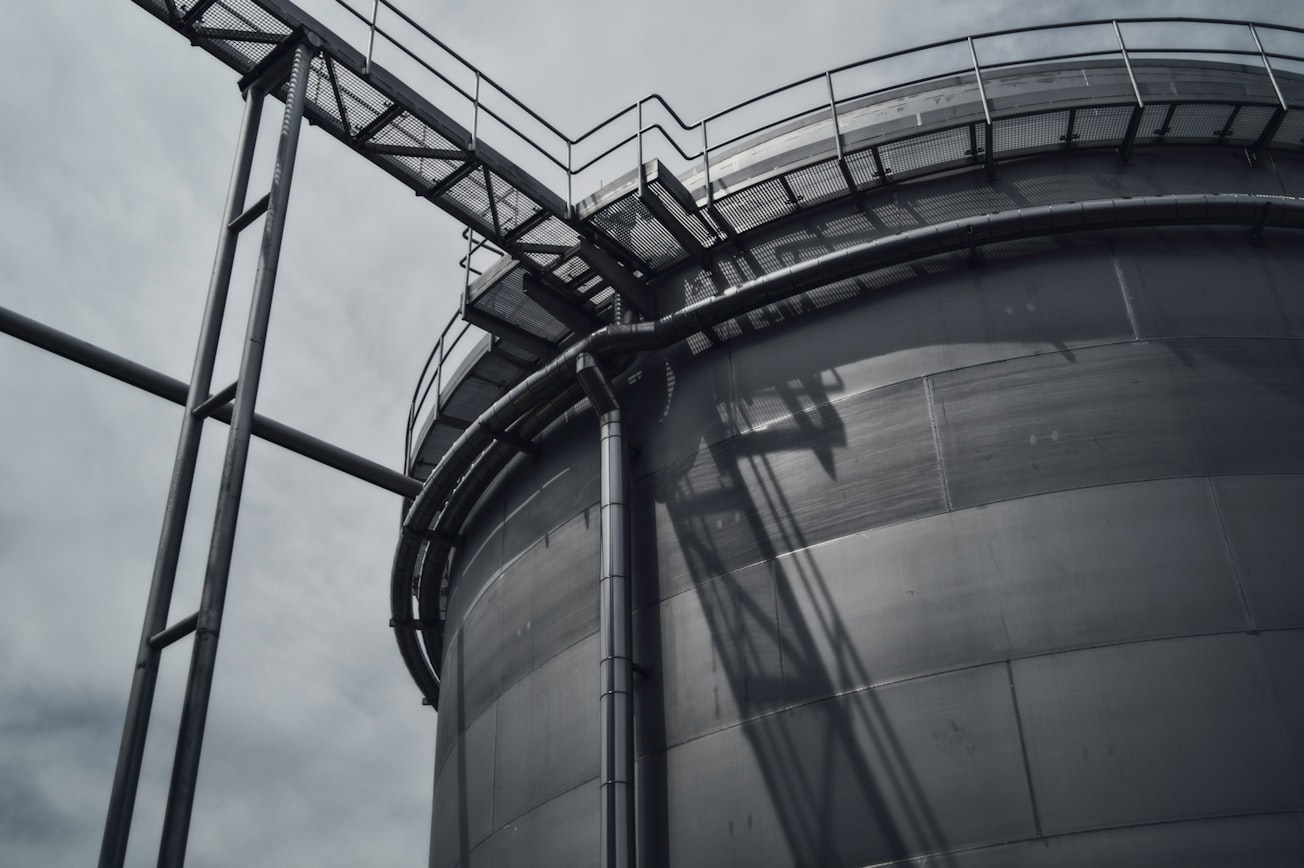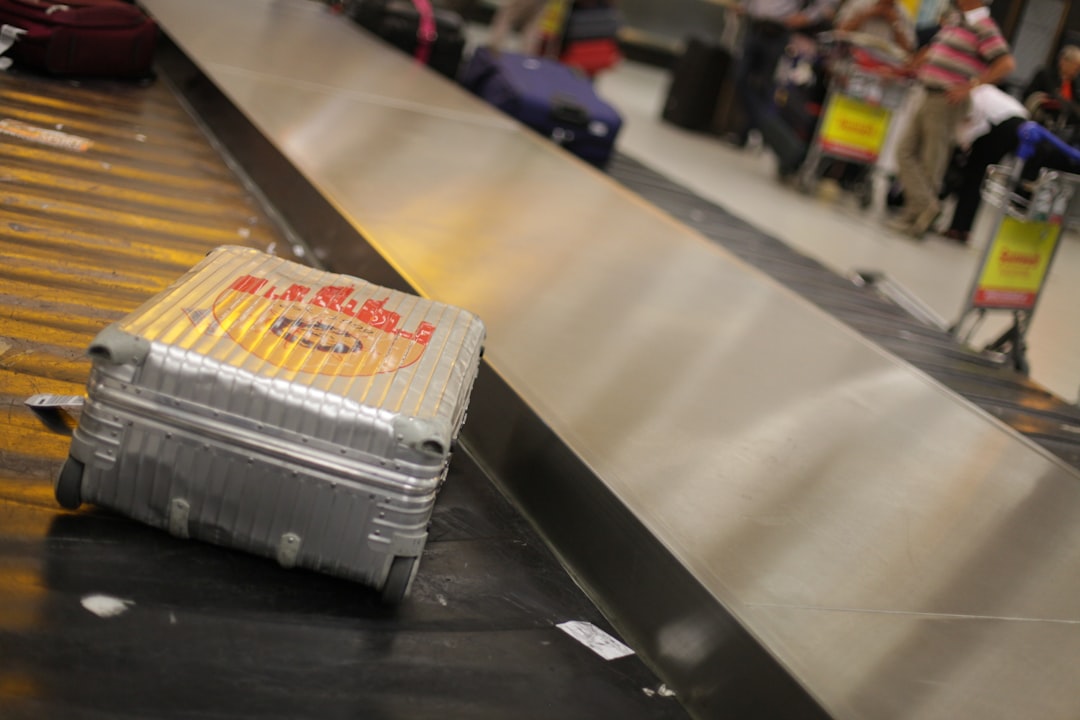What is it about?
Agitation and mixing tanks are employed in different industrial processes and knowing how the energy supplied by the impeller movement is distributed throughout the tank is important information to, for example, evaluate the mixing efficiency, identify the best point for adding reagents and assess whether impeller size and type are adequate for the desired operation. However, measuring the energy distribution is a challenge because it is not a parameter that we can evaluate directly, as when we measure the mass of a material on a scale or the length of this material with a ruler. One way to evaluate the energy distribution is through the analysis of the distribution of flow velocity fluctuations, which are employed in mathematical models that estimate the energy of movement (kinetic energy). Velocity fluctuations, in turn, can be measured by particle image velocimetry, a technique in which images of particles added to the flow in the tank allow the identification of velocity vectors and, consequently, their fluctuations. In this work, we present a new approach to estimate the kinetic energy distribution in stirred tanks, named Tilted PIV. In this approach, the camera that records the images of the particles is used to obtain the in-plane and out-of-plane movement. Other approaches (Classic PIV and Stereo-PIV) were also analyzed to validate the performance of the new approach. We verified that the Tilted PIV is a suitable approach to estimate the kinetic energy distribution in stirred tanks because it presented results similar to those of the other techniques, already well established. Tilted PIV is a promising approach in situations where positioning the camera for image acquisition is more difficult, such as in industrial installations.
Featured Image

Photo by Martin Martz on Unsplash
Why is it important?
Tilted PIV showed to be a suitable approach for estimating the turbulent kinetic energy in stirred tanks. Firstly, it acquired images of the flow from a perspective that reduced the distortion caused by the curvature of the tank and presented a larger optical access than the less tilted camera. Secondly, the approach also reduced the demand for noise control in processing because it avoided the light reflection problem observed in Classic PIV measurements. In post-processing, it also promoted a correction of this problem on the 3C reconstruction of the TKE fields obtained from Stereo-PIV data. Finally, Tilted PIV satisfactorily acquired the effect of the out-of-plane component on turbulent kinetic energy and estimated its distribution in the region close to the impellers, avoiding the consideration of pseudo-isotropic approximation.
Read the Original
This page is a summary of: Tilted PIV: A novel approach for estimating the turbulent kinetic energy in stirred tanks, Measurement, August 2023, Elsevier,
DOI: 10.1016/j.measurement.2023.113112.
You can read the full text:
Contributors
The following have contributed to this page










